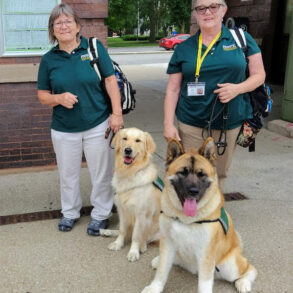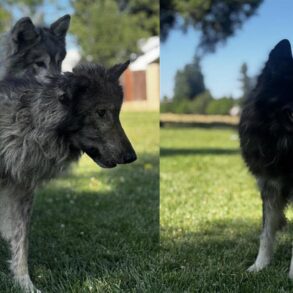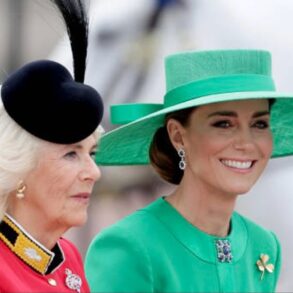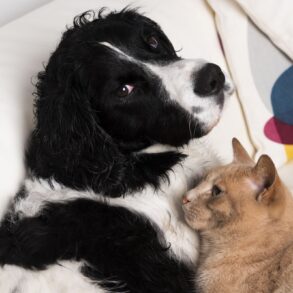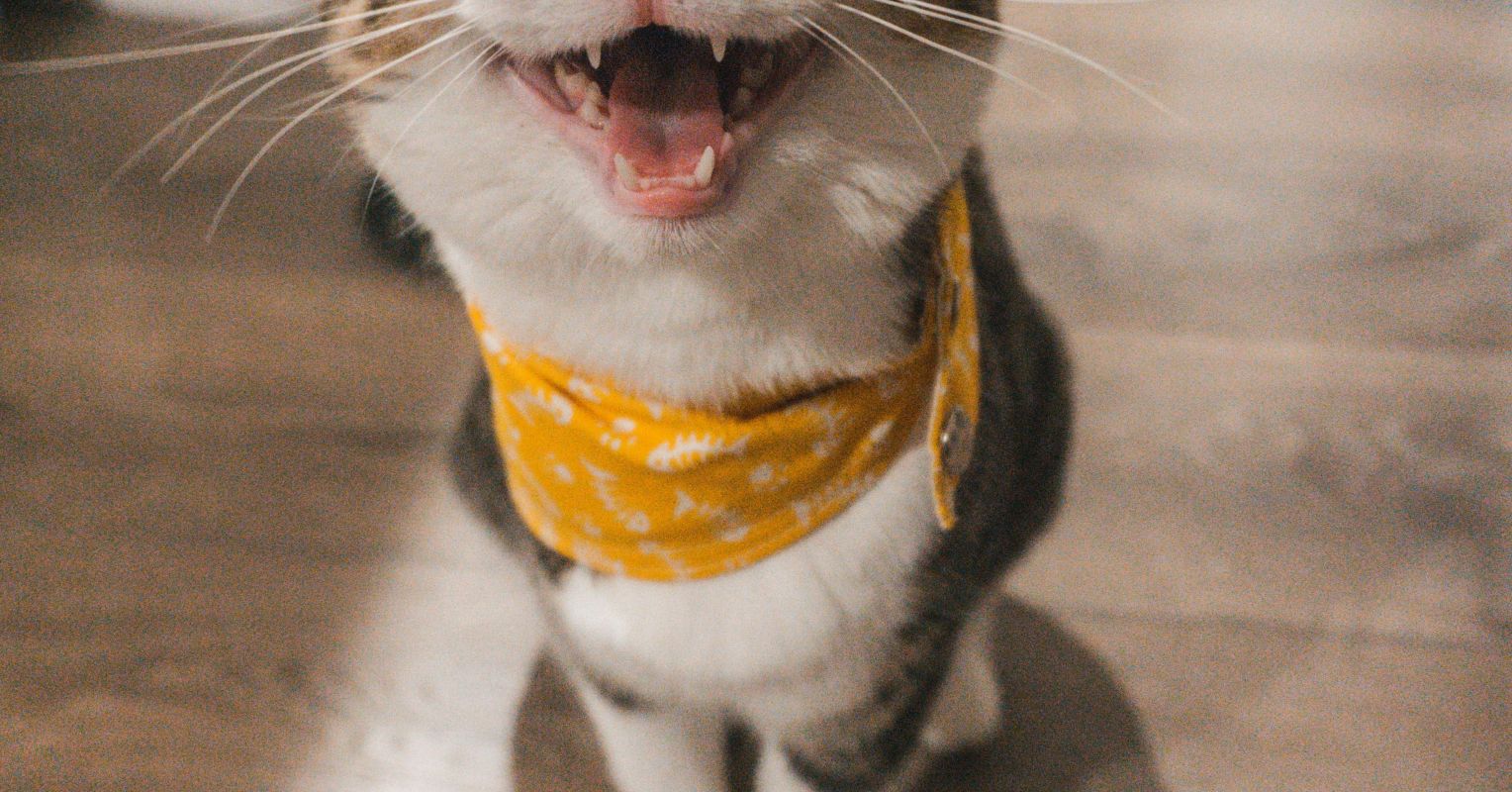
For decades, the popular view has been that cats form simpler, less nuanced social bonds with humans than dogs do. Dogs are often celebrated for their loyalty, responsiveness to human emotions, and capacity for complex interspecies communication. In contrast, cats have typically been regarded as solitary, aloof, and less socially invested in their human companions. However, recent research offers a more nuanced view, especially regarding how cats form relationships with humans and how these differ from dogs’ attachments. A recent study challenges conventional assumptions, highlighting the importance of using ecologically valid methods to understand feline social behavior.
Reframing the Cat-Human Relationship
The traditional narrative equates cat-human interactions as a “lighter” version of the deeply bonded dog-human relationship. However, this assumption does not hold up under closer scrutiny. The study in question, by Pongrácz and colleagues (2025), explored whether cats exhibit attachment behaviors similar to dogs and, more broadly, what socio-cognitive traits in cats say about their evolutionary adaptations. The focus was on whether domestic cats form attachment bonds with their owners and how training and environment affect these behaviors.
Study Design: A Comparison of Therapy and Companion Cats
Researchers tested two groups of cats: therapy cats trained for animal-assisted services, and regular companion cats. The cats were observed using a modified version of Ainsworth’s Strange Situation Test, commonly used in human psychology to assess infant-caregiver attachments, and more recently, in dog-human studies. The test was adapted to be suitable for feline behavior, acknowledging their slower movements, delayed reactions, and common stress responses like hiding.
The rationale behind choosing therapy cats was clear: These animals, due to their extensive training, are more accustomed to traveling and interacting with strangers, and they experience less stress in unfamiliar environments—a critical factor in behavioral experiments.
Training Makes a Difference
Therapy cats undergo rigorous training under organizations like the Foundation for Therapy and Assistance Cats. This includes a four-step examination covering basic obedience, temperament, theoretical understanding, and real-world scenarios. The cats are trained to be stress-resilient, respond to recall, and interact comfortably with strangers—skills essential for animal-assisted services activities like therapy, coaching, and teaching.
This training regimen is designed to ensure that therapy cats can perform in new settings without exhibiting stress behaviors, offering a unique opportunity to observe feline social behavior in a controlled yet ecologically valid way.
Behavioral Scoring and Results
Cats’ behaviors were scored in three domains: Attachment (toward the owner), acceptance (of the stranger), and anxiety. Video and audio data from the strange situation test were analyzed, with strong inter-rater reliability among coders. Key behaviors such as proximity-seeking, vocalization, and interaction with the owner or the stranger were assessed.
Analysis using the Statistical Package for the Social Sciences revealed significant differences between therapy and companion cats. Therapy cats scored higher in attachment and acceptance, and lower in anxiety. This suggests that the training helps cats feel more secure in unfamiliar environments and increases their sociability with unfamiliar humans.
Attachment: A Different Model in Cats
Despite the differences in sociability, a critical finding was that neither group of cats exhibited “safe haven” or “secure base” behaviors—two essential hallmarks of dependence-based attachment thought to be present in dogs. In such behaviors, a dog might seek physical contact with its owner in times of stress (safe haven) or use the owner as a secure base from which to explore the environment (secure base).
Cats did not preferentially seek out their owner over the stranger during stressful moments in the strange situation test. This implies that cats may not form the same asymmetrical, dependence-based attachments as dogs. Instead, their social bond with humans appears more reciprocal and less hierarchical.
Unique Social Strategies of Cats
Rather than depending on humans as a source of emotional security, cats employ a range of evolved behaviors to communicate and navigate human interaction. Some of these include:
- Tail-up posture: A friendly greeting unique to felines.
- Vocalizations: Meows and purrs directed primarily at humans, often to solicit attention or express comfort.
- Gaze following: A socio-cognitive skill shared with dogs, though often less emphasized in cats.
- Hiding behaviors: A coping mechanism and a subtle form of communication about their emotional state.
These behaviors indicate that cats have developed a suite of communication tools tailored to coexistence with humans, reflecting their evolutionary path as solitary hunters that gradually adapted to domestic life.
Cats vs. Dogs: Key Differences and Shared Traits
The study highlights essential contrasts between cats and dogs:
- Attachment: Dogs rely heavily on their owners as sources of emotional support, while cats maintain more independent, symmetrical relationships.
- Stress Response: Dogs are generally more behaviorally flexible in new environments; cats may become stressed or withdrawn unless specially trained.
- Evolutionary History: Dogs evolved alongside humans as social cooperators, while cats were drawn to human settlements due to ecological advantages like rodent control.
- Communication: Dogs often follow commands and gaze cues, while cats use more subtle, feline-specific signals.
Despite these differences, both species share notable similarities:
- Amicable Relationships: Both can form rewarding social bonds with humans.
- Mutual Attraction: Cats and dogs exhibit behaviors that suggest they enjoy human company, even if their motivations differ.
- Trainability for Animal-Assisted Services: With the right training, both can be effective partners in therapy and support roles.
Conclusion: Celebrating the Feline-Human Bond
This study underscores the need to appreciate the cat-human relationship on its own terms. Unlike dogs, cats do not form dependence-based attachments, but this does not diminish the emotional value of their companionship. Their bonds with humans are characterized by independence, mutual respect, and evolved strategies for interaction. Understanding these distinctions helps improve welfare, training, and the integration of cats into therapeutic and domestic settings.
Moving beyond dog-centered attachment models, we can gain richer insights into the unique and equally meaningful bonds that cats share with their human companions.
This post was originally published on this site be sure to check out more of their content.












